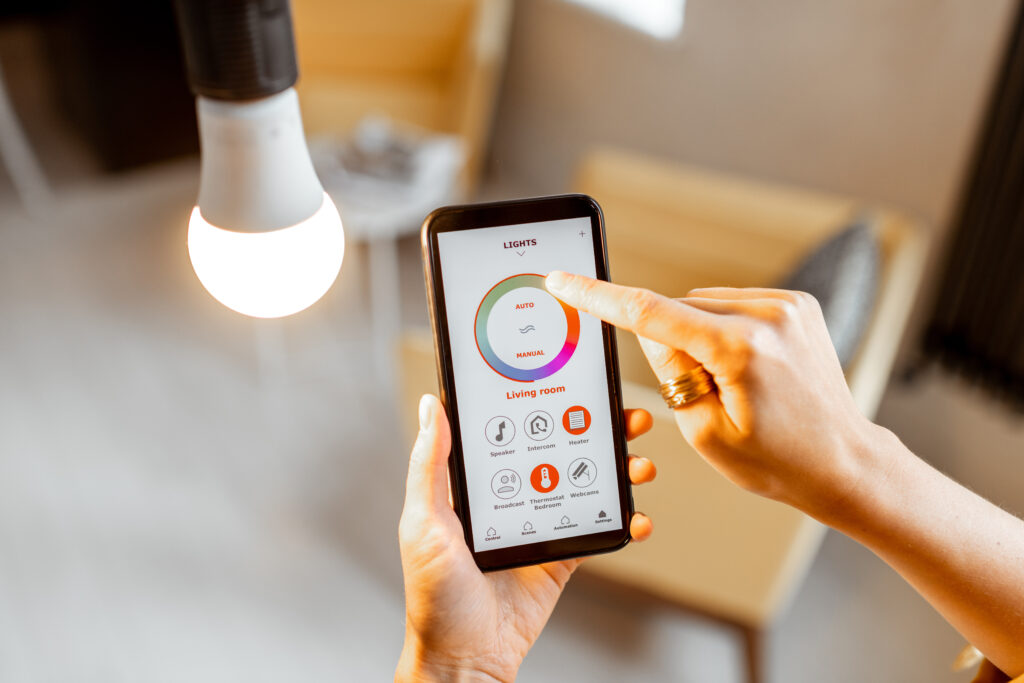
Smart small devices, such as smart lights, smart switches and plugs bring convenience, customization, and energy savings into your home. These devices are often simple to install and relatively affordable, making them an excellent entry point for building a smarter, more efficient household. Let’s explore what makes these devices "smart," how they perform in energy efficiency, user adaptation, and grid responsiveness, and whether they’re worth the investment.
What Makes Small Devices "Smart"?
Similarly, as for large devices, small smart devices integrate information and communication technologies to:
- Improve energy efficiency: Reduce unnecessary energy use by optimizing how and when devices operate
- Adapt to user needs: Offer app-based control, automation, and real-time information about device operation, offer you more comfort and convenience
- Respond to outside conditions: Enable scheduling or remote adjustments to reduce energy use during peak demand periods, or adjust to the time of day


Are smart small devices worth It?
While smart small devices have a higher upfront cost, their benefits often outweigh the initial investment:
- Energy efficiency: mart lights can reduce energy bills over time.
- Convenience: Automation, remote control, and real-time feedback make daily tasks easier and more efficient.
- Environmental Impact:: Reducing energy waste means a smaller carbon footprint.
- Grid participation: By using energy more intelligently, you can help stabilize the electricity grid and reduce demand during peak times.
Small devices are low-cost solutions for those starting on the journey to a smarter home. They’re affordable and easy to install. They may save only a few energy, but may make your life more enjoyable.
